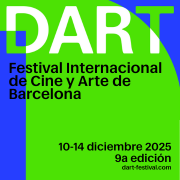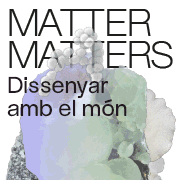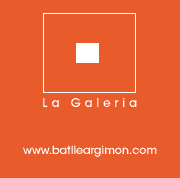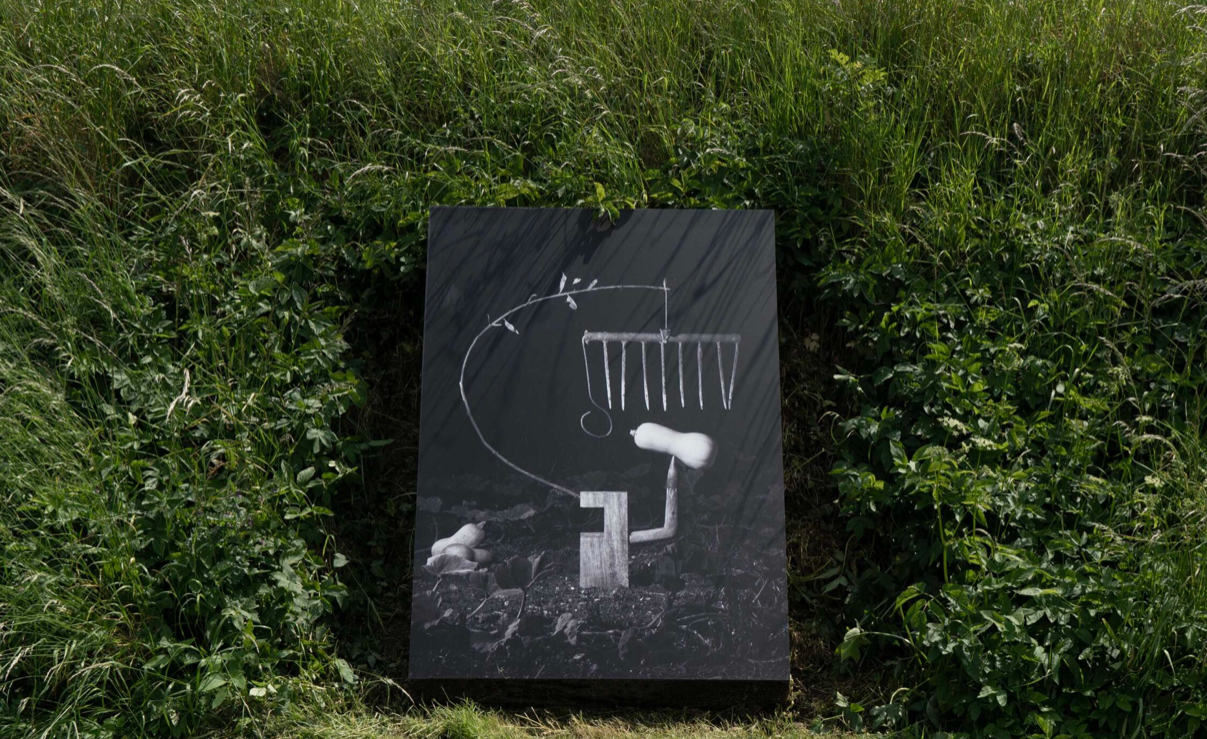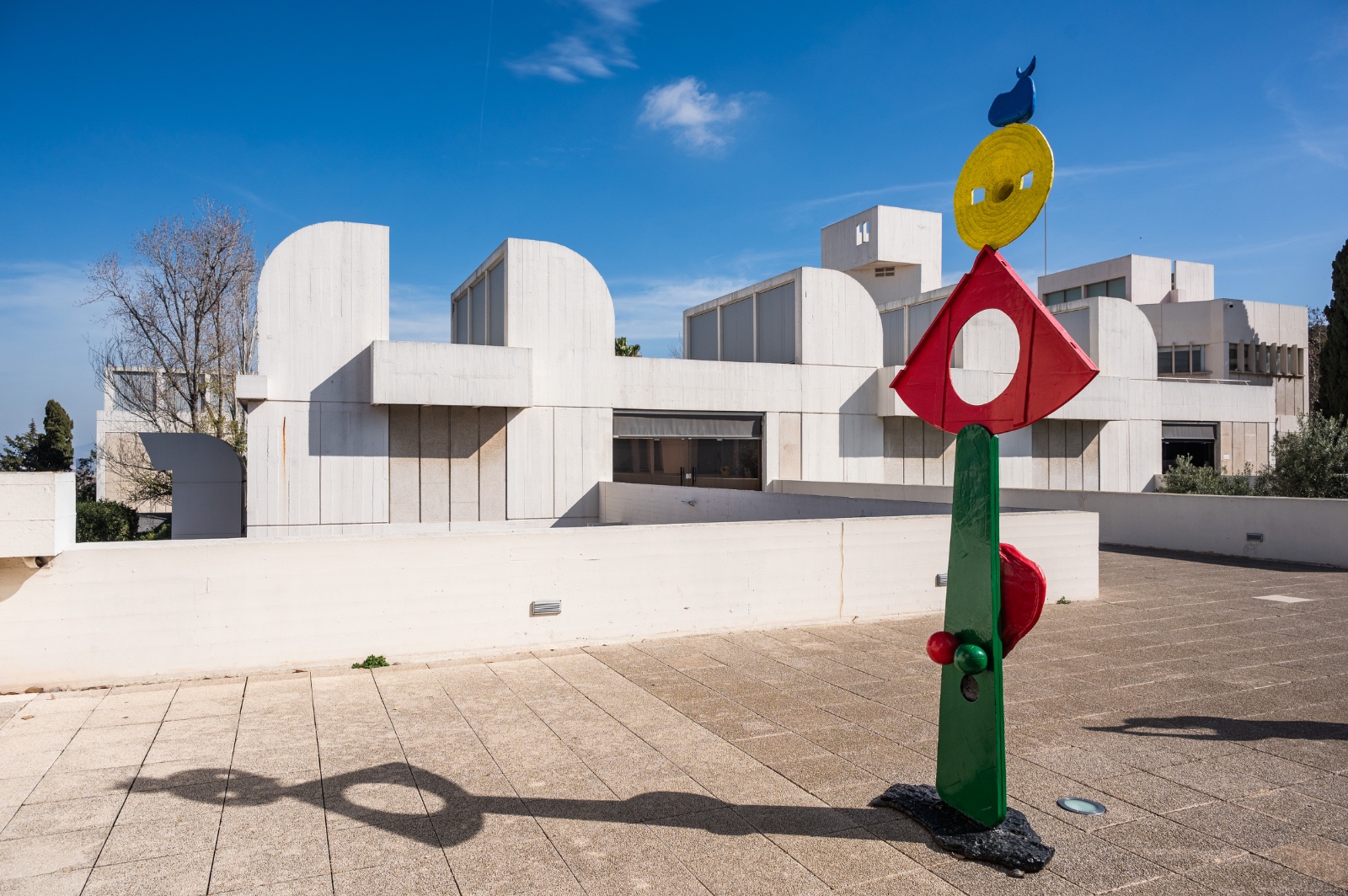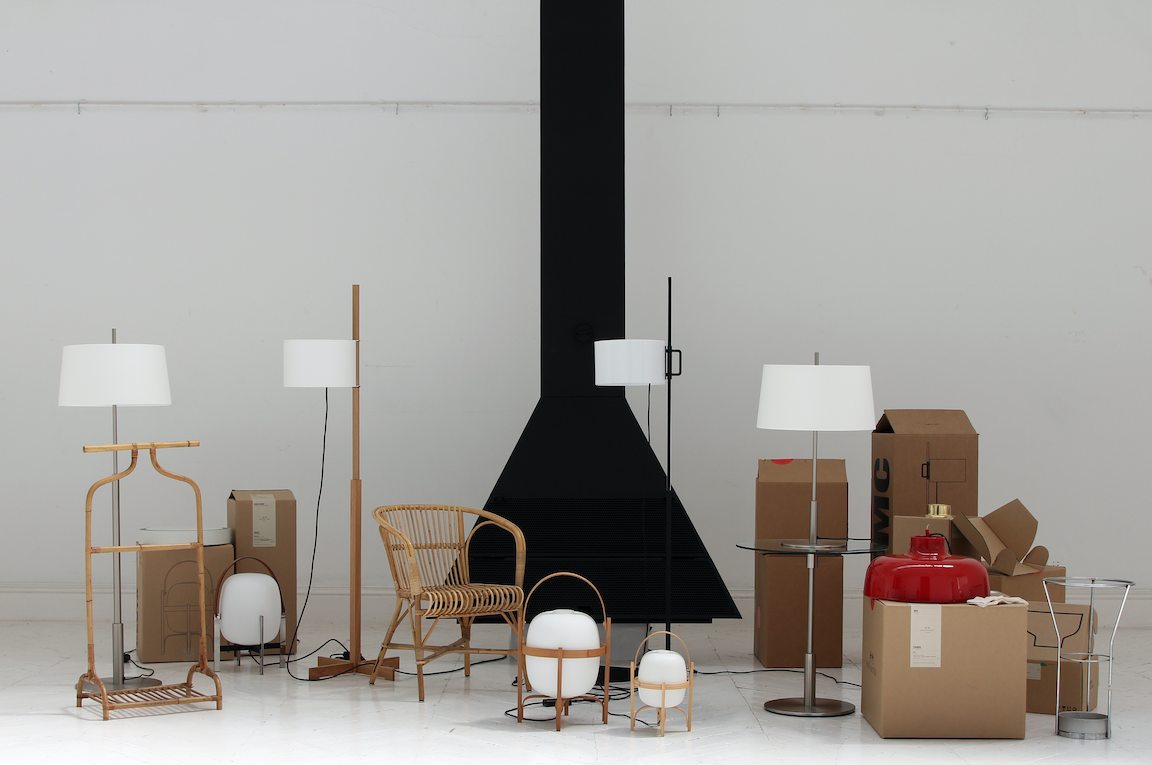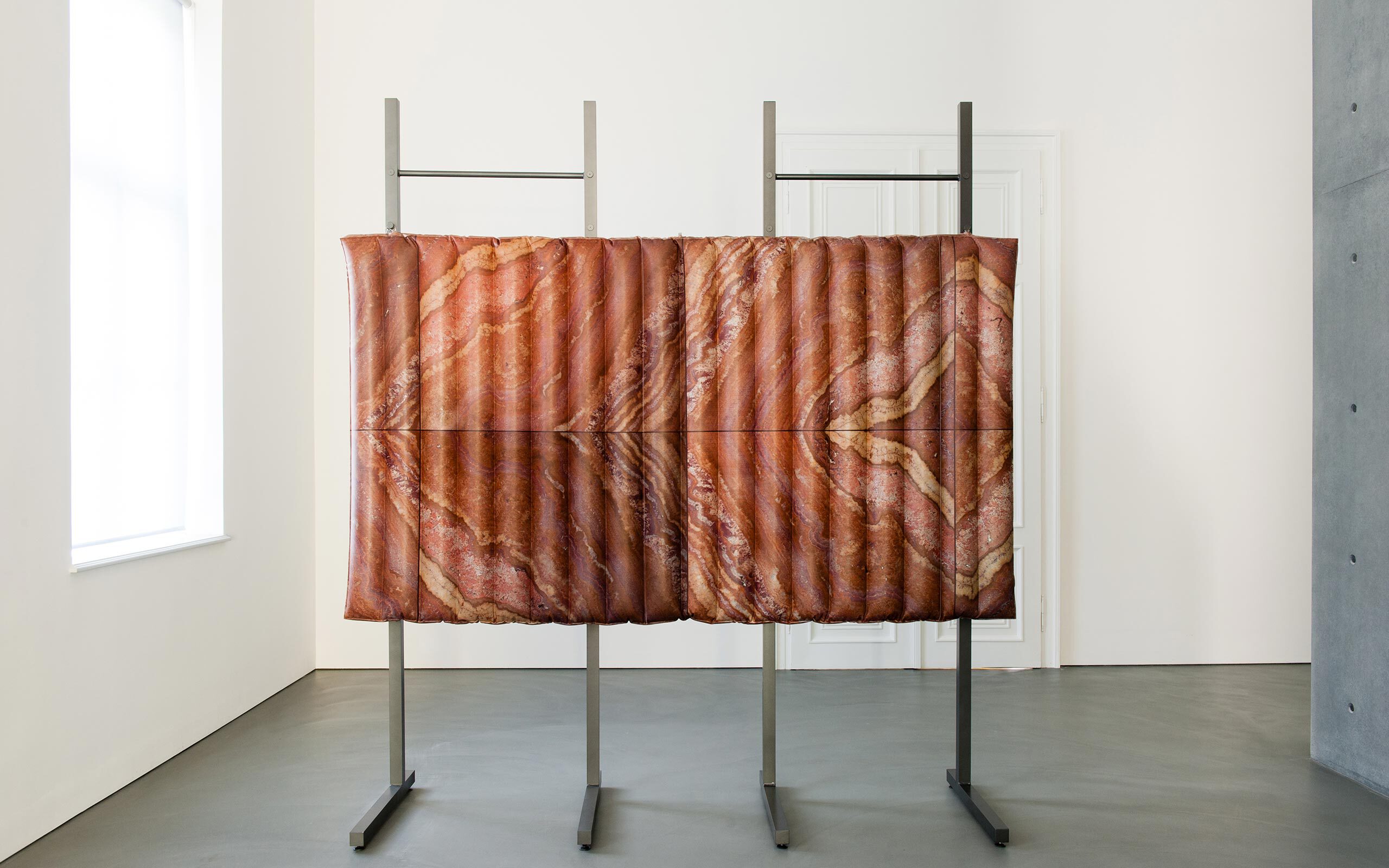News
El Bòlit begins a new stage with Oriol Fontdevila: art, territory and commitment
A commitment to creation as a tool for social transformation and a link with the local context, combining artistic production, education and critical research.
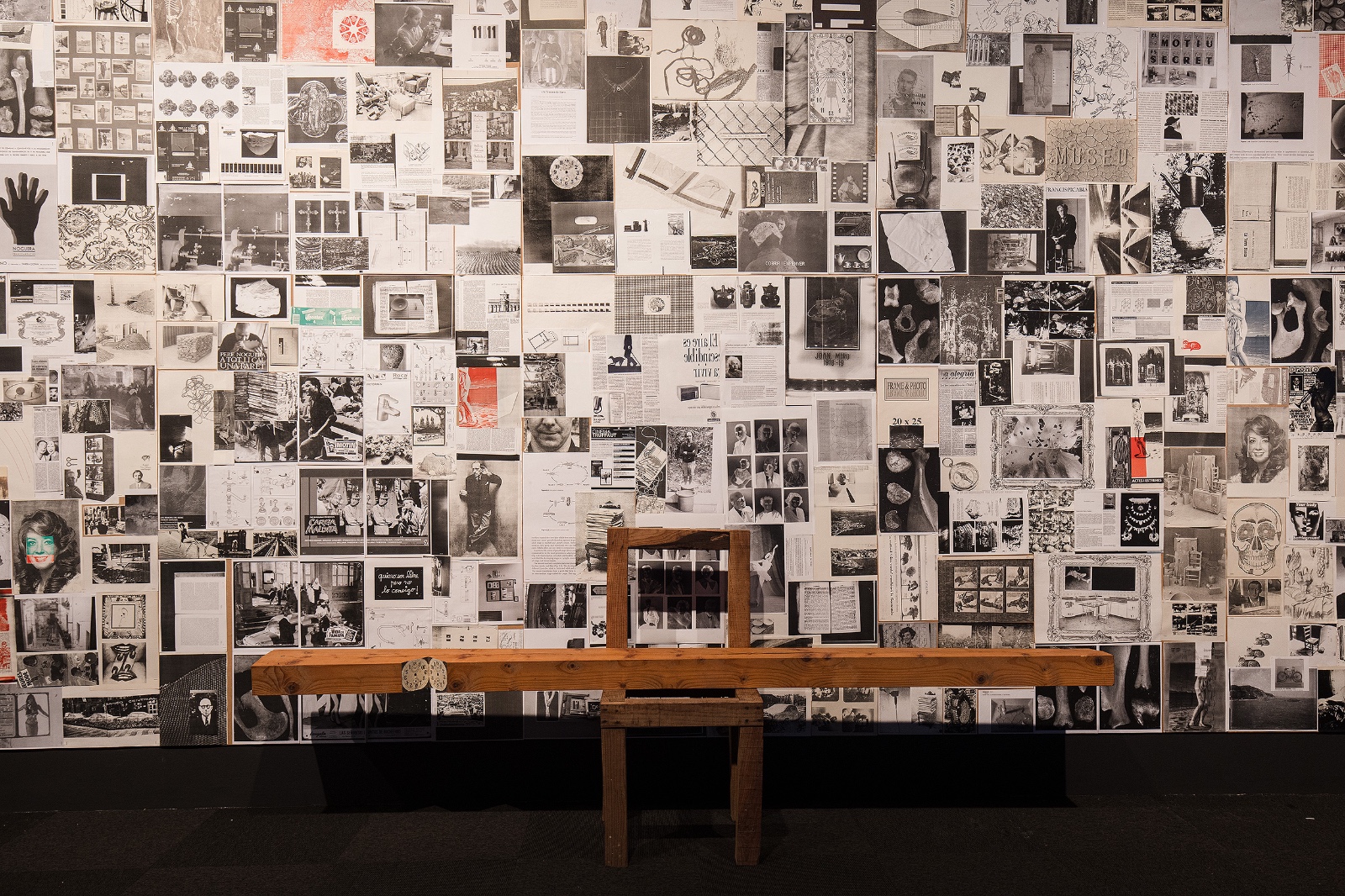
With a renewed vision and a deep commitment to the local context, the Bòlit begins a new stage led by Oriol Fontdevila i Subirana (Manresa, 1978). His project places research and artistic production at the center of a proposal that understands art as a tool for social, ecological and cultural transformation . Fontdevila conceives the center as an engine for contemporary creation, with a double vocation: laboratory of experimentation and network of complicity and exchange.
In its role as a laboratory , the Bòlit offers a safe and well-equipped environment to foster both research and artistic production, with a clear commitment to experimentation and innovation in processes. This experimental dimension is complemented by the network dimension, which promotes active links with the immediate environment, facilitating collaboration between cultural and social agents. In this way, the center aims to promote a committed and rooted artistic practice, capable of critically intervening in social and environmental issues. This orientation will be embodied in four lines of action: a space dedicated to artistic creation; support for the professional culture sector; direct involvement with the territory and its bioregion; and commitment to social transformation through education in democratic values.
Regarding the exhibition model, three formats will be deployed: parallel production shows —three individual exhibitions that will coexist simultaneously in the center's spaces—; logbook exhibitions , focused on emerging practices; and singular projects , two annual productions commissioned from artists with consolidated careers, designed to generate a direct impact on the territory.
 Quim Ayats, regidor de Cultura de Girona, i Oriol Fontdevila, director del Bòlit, durant la presentació del nou programa.
Quim Ayats, regidor de Cultura de Girona, i Oriol Fontdevila, director del Bòlit, durant la presentació del nou programa.
The new program will begin in the fall of 2025 with the exhibition Dona Vida Llibertat: evolucion d'una revolució , by Tere Recarens , an artist originally from Arbúcies and based in Berlin. The exhibition, curated by Carles Guerra and Anahita Nashir , will be on view from October 25, 2025 to February 8, 2026 and will occupy the three spaces of the center: La Rambla, Sant Nicolau and Pou Rodó.
The project is based on the carpets that Recarens has created since 2017, and that have circulated in cities such as Tehran, Shiraz, Paris, Marseille and Barcelona. Inspired by the geometry of the Chahar Bagh —a Persian design of a cross-shaped garden with a central fountain—, these works become symbolic settings where the past and present of Iranian history converge. The conceptual axis revolves around the murder of Masha Jina Amini and the protest movement that it provoked, with the slogan Woman, Life, Freedom as the common thread.
More than a linear narrative, the artist proposes a constellation of references that invite the public to get involved in a universal cause: the fight for gender justice and human rights . The exhibition will include two unprecedented carpets created expressly for the occasion and will offer an immersive experience, rooted in social commitment through art.
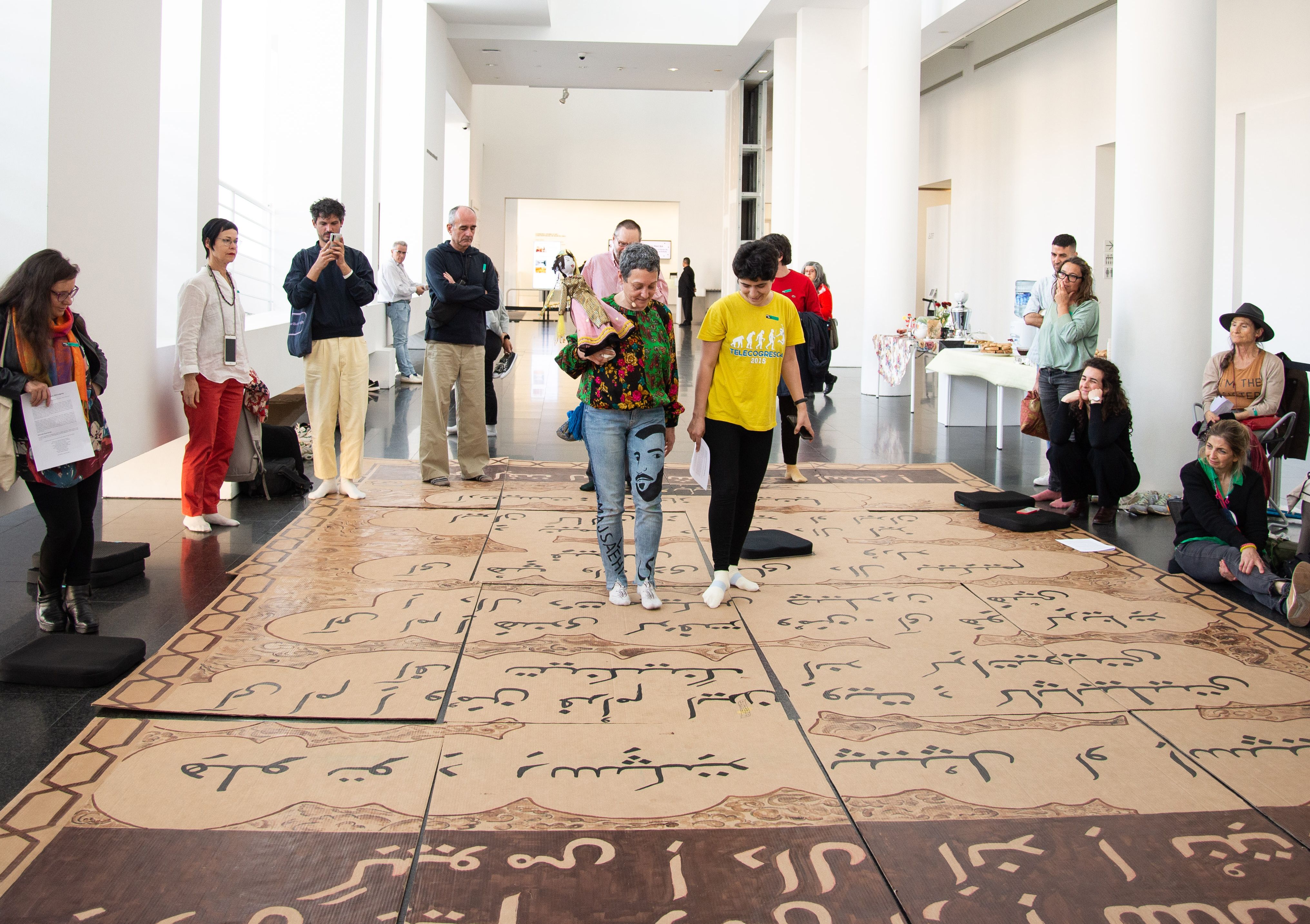 Tere Recarens. Vista de l'instal·lació al MACBA (2023). Foto: Ana Agraz
Tere Recarens. Vista de l'instal·lació al MACBA (2023). Foto: Ana Agraz
In parallel, Slime, lim, llot i fang gives its name to the new edition of Bòlit Mentor (2025-2026), an active program since 2013 that unites education and artistic practice through collaboration between visual artists and secondary schools. Curated by Núria Nia , the project will feature the participation of Martina Rogers , Agustín Ortiz Herrera and Neus Frigola , who will develop residencies at the Santiago Sobrequés and Carles Rahola high schools in Girona, and Josep Brugulat in Banyoles, during the first quarter of the 2025-26 academic year. This edition explores emerging forms of materiality influenced by digital technology and virtual realities, questioning what we understand by intelligence and how the relationships between humans and hybrid environments are redefined, where natural and technological elements coexist in symbiosis.
Also this coming quarter, the second edition of the Nexes project will be activated, which this year will feature Clara Gassull Quer . Promoted by the Girona Municipal Education Service, the program aims to introduce artistic, scientific and literary knowledge to the city's public centers to promote educational success. In this edition, the project will establish a collaboration between the Bòlit and the Carme Auguet school —a high-complexity educational center— to carry out shared actions that expand the students' learning opportunities.
With this new direction, Bòlit opens a stage in which contemporary art becomes a tool for critical thinking, collective transformation and involvement with the territory , committed to an artistic practice committed to its social, ecological and educational environment. In this framework, creation is not only understood as an aesthetic process, but also as a tool for dialogue, advocacy and community construction.


